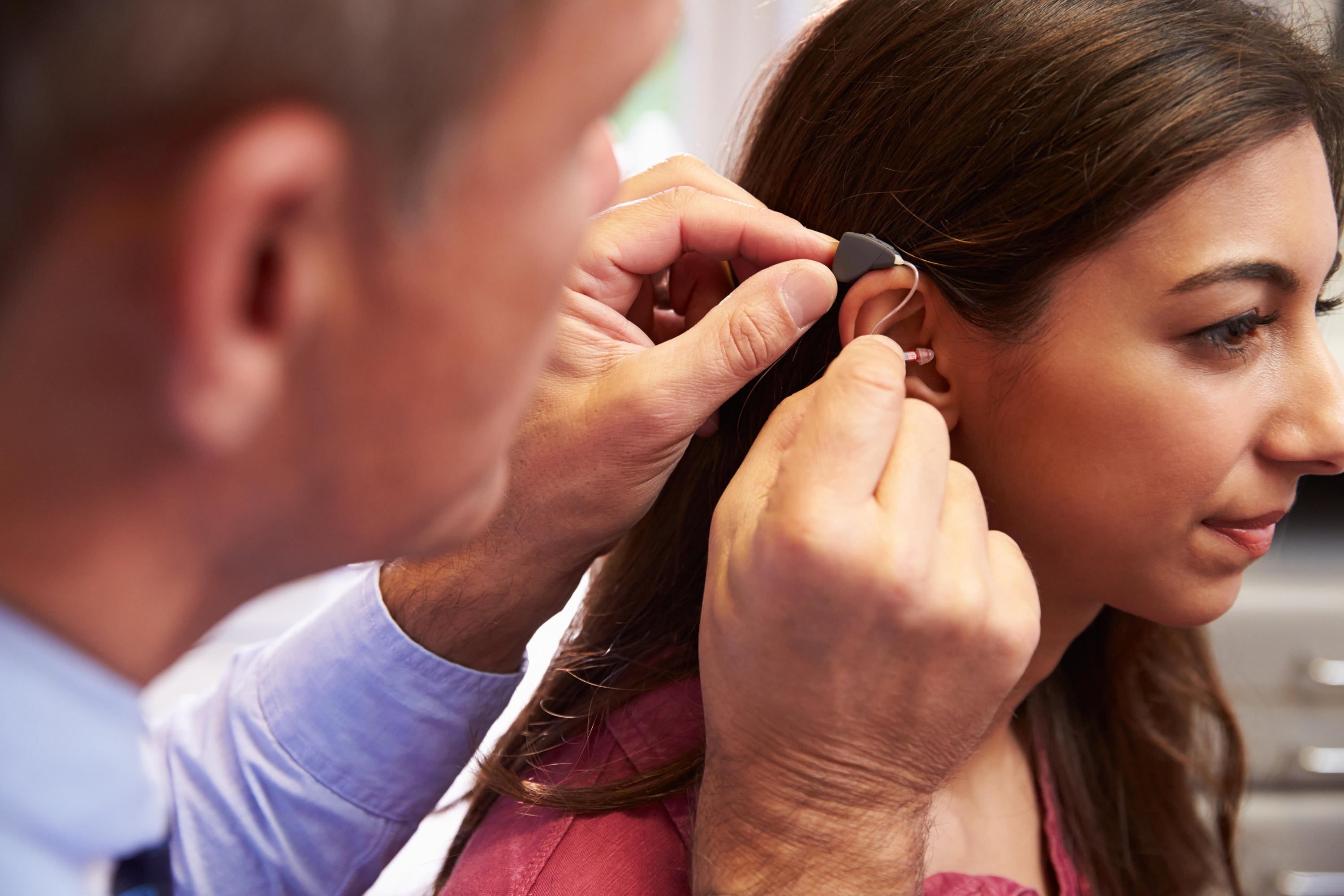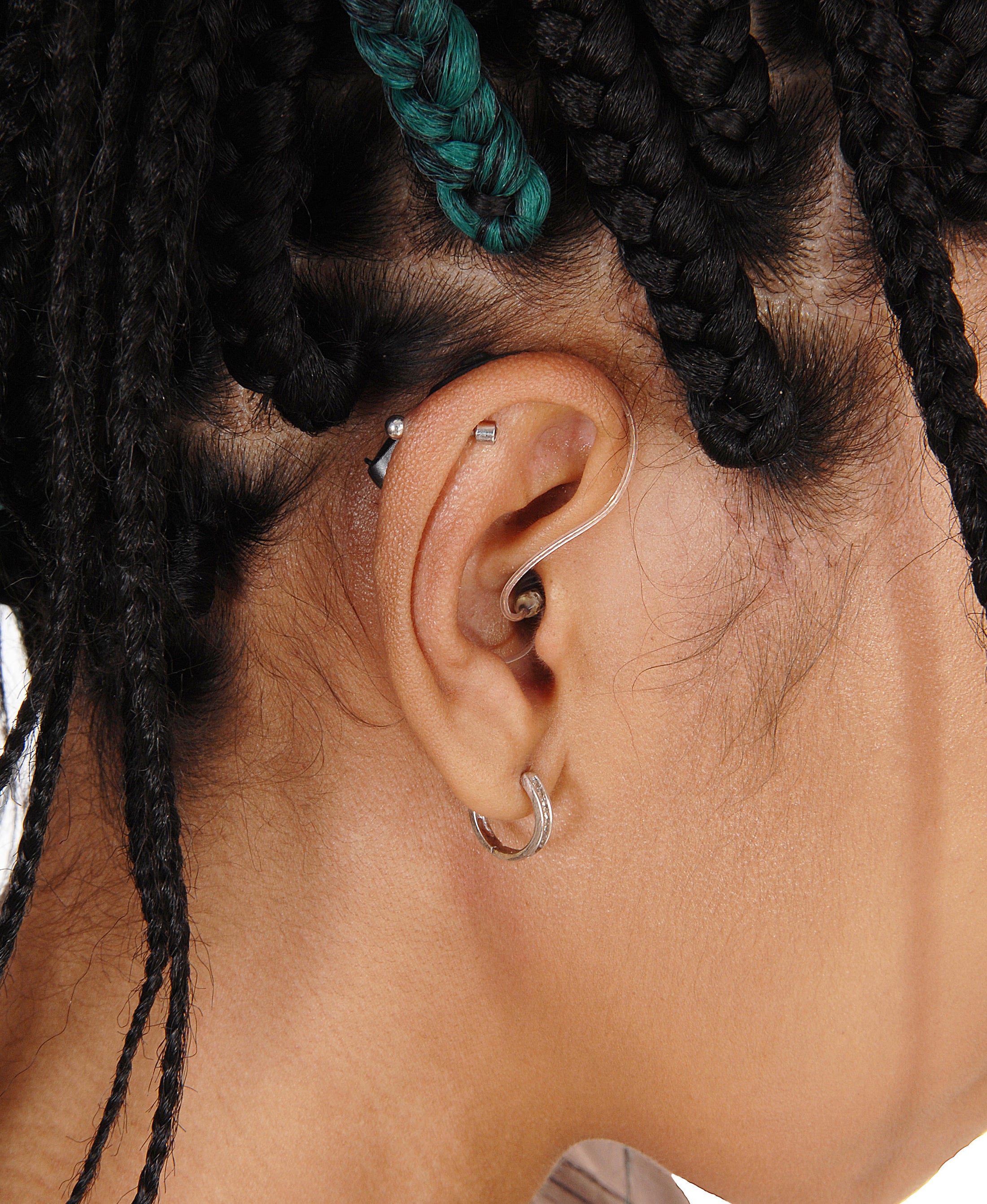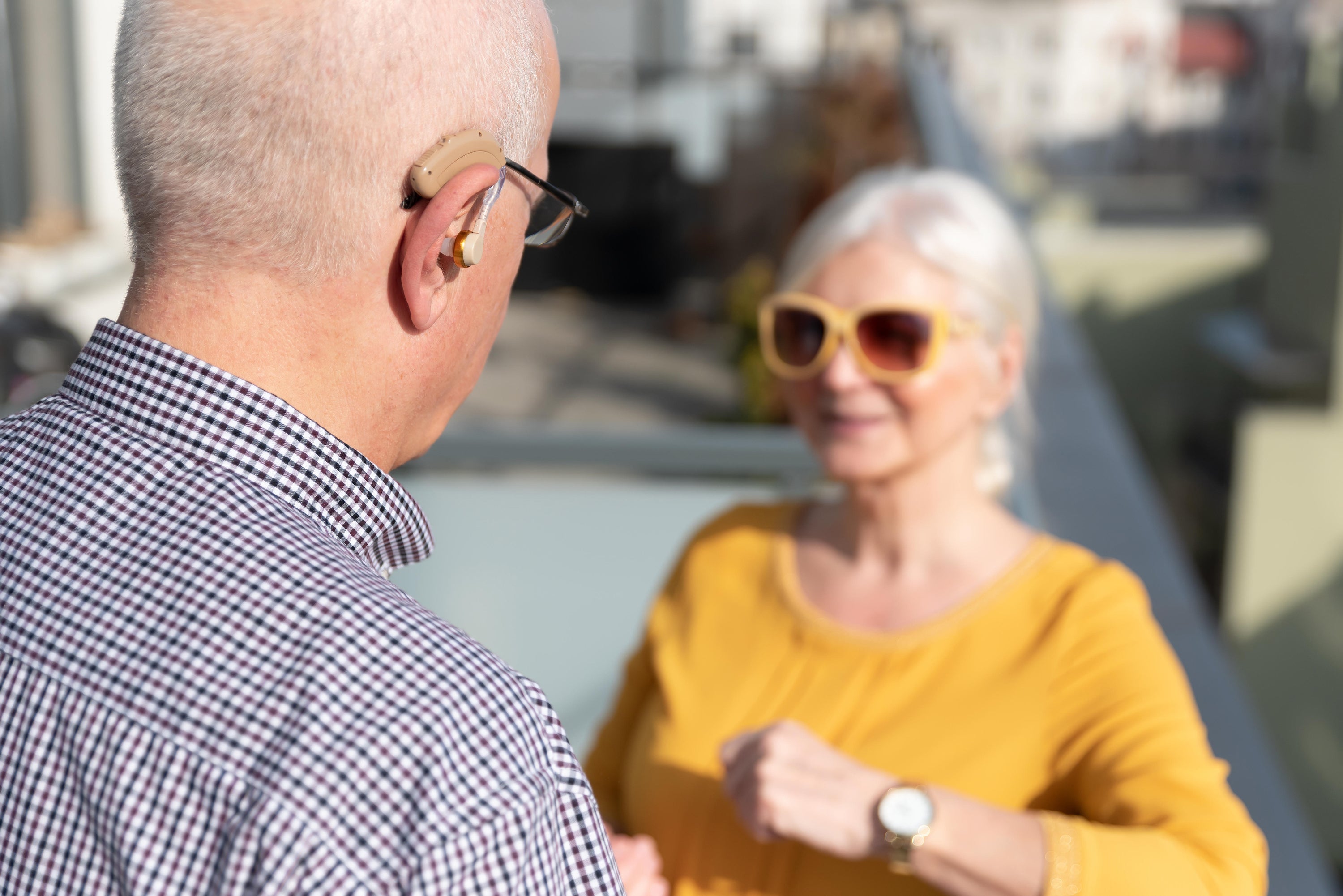How to support someone with hearing aids, as Rose Ayling-Ellis unveils groundbreaking Barbie doll
The Strictly winner has teamed up with Mattel on a diverse campaign. By Katie Wright.

Strictly Come Dacing reigning champion Rose Ayling-Ellis has unveiled the world’s first Barbie doll with behind-the-ear hearing aids.
Part of the Mattel’s Rose, Barbie and Friends campaign – which also features the first Ken doll with vitiligo, one with a prosthetic limb and another with a wheelchair – the doll was created in consultation with experts to accurately portray the hearing aids.

“It’s so important for children to be able to see themselves represented in the toys they play with,” said the EastEnders actor, who has been deaf since birth.
“When I was little, I would draw hearing aids on to my Barbie dolls to make them look like me, so I am thrilled that Mattel is releasing more dolls that encourage kids to celebrate and embrace their differences.”
Hearing loss can occur for a variety of reasons, and there may come a time when someone you know chooses to wear one or two hearing aids, which work by receiving sound through a microphone and amplifying it in the ear.

“Getting hearing aids is a really positive step and can be life changing for people with hearing loss,” says Franki Oliver, audiology adviser at RNID (rnid.org.uk).
“But they can take a while to get used to as your friend or family member’s brain readjusts to hearing sounds they have forgotten, and they get used to putting hearing aids in their ears.”
Here, Oliver explains how you can support someone as they adjust to life with hearing aids.
Be positive – but patient

It might take a couple of months for a person to get used to their hearing aids, which is why it’s important to be patient and supportive.
“Focus on the positive experiences of the hearing aids and assure them that you can help them manage any difficulties they experience,” Oliver says.
“If your family member still seems to be struggling – for example struggling to insert the hearing aid or complaining that it still isn’t comfortable, or that sound isn’t comfortable after consistently wearing them over a month – encourage them to make an appointment with their audiologist or private provider, or contact RNID for support.”
Don’t joke about it

“It sounds obvious, but many people with hearing loss say friends and family often treat it as a joke or make fun of them, saying ‘What?’ or ‘Pardon?’” Oliver says.
“You wouldn’t joke about another disability, and this kind of attitude may make your friend or family member feel upset or self-conscious about their new hearing aids.”
And definitely don’t ask to try it on, she adds: “Would you really want to try something on that’s been inside someone’s ear?”
Don’t make insensitive comments
On the other hand, you might think you’re being sympathetic by saying things like, ‘You can hardly see it!’ or, ‘I’m so sorry’, but that’s not the case.
Oliver says: “Even though your intentions may be good, these kind of comments can suggest that hearing aids are something to hide or be ashamed of. Newsflash: they’re not!
“Instead, celebrate the fact they’ve got hearing aids, focus on the positive impact they have had in their day-to-day life and keep checking in to make sure they’re getting all the benefits they should from them.”
Help in social situations

Unlike, for example, glasses with sight, hearing aids don’t restore normal hearing, so on a practical level, there are several steps you can take to help in social situations.
“Your friend or family member may still miss parts of conversation, especially if there is a lot of background noise or lots of people talking,” Oliver explains.
“You may need to get their attention before speaking, sit facing them so they can lip-read, or make sure you’re in a well lit room with no background noise.”
If in doubt, ask. “Different people have different communication preferences, so ask what you can do to make communication easier.”
Bookmark popover
Removed from bookmarks